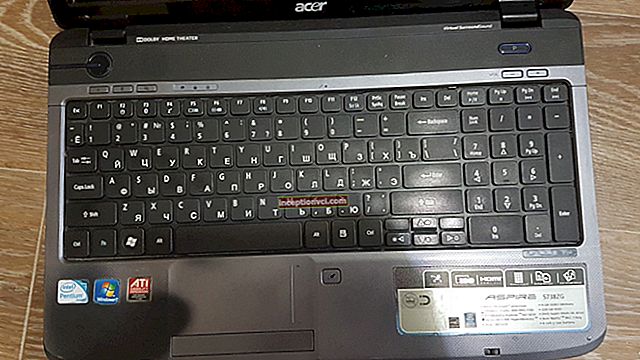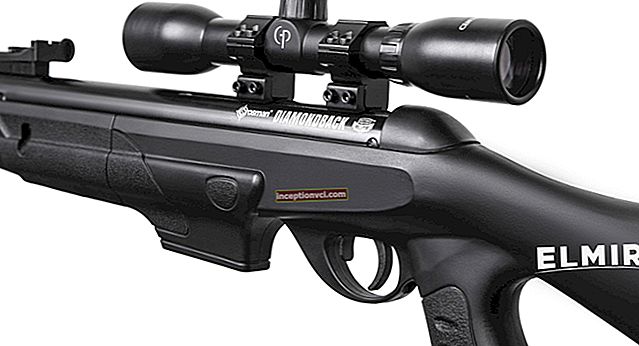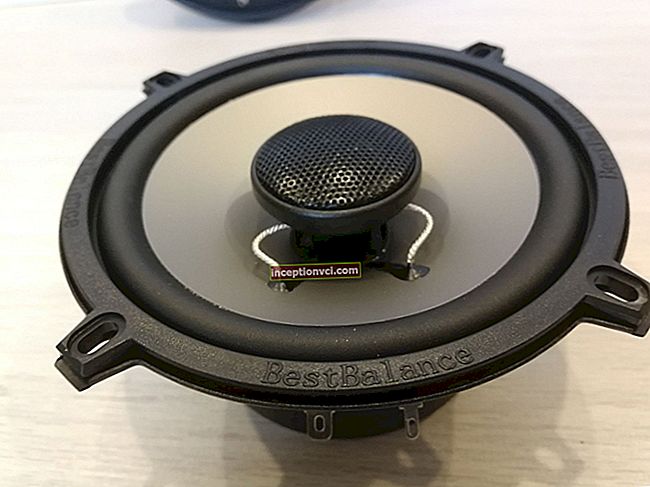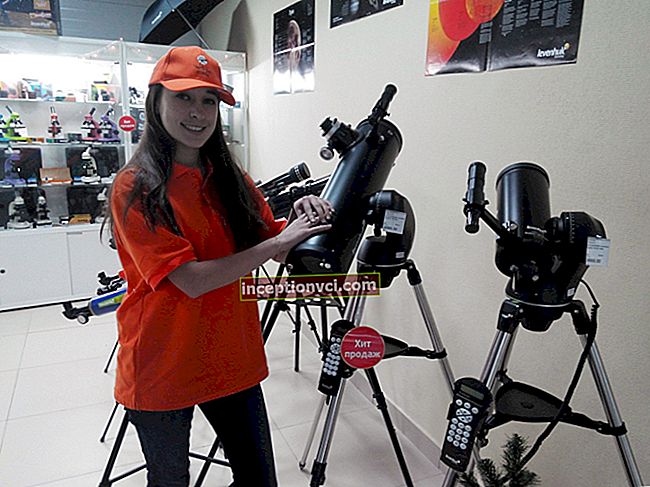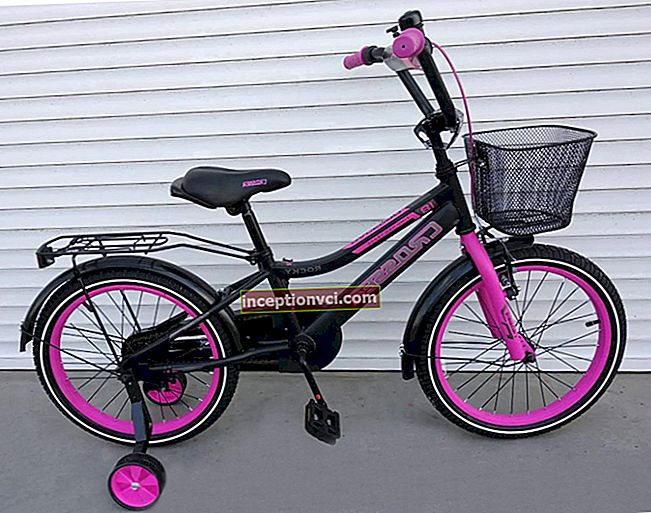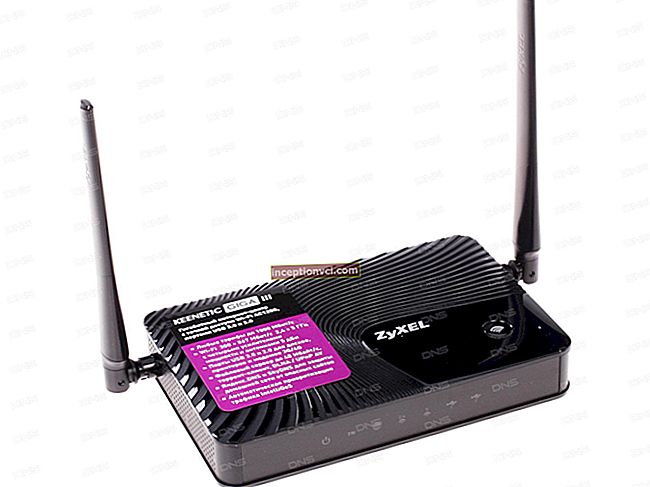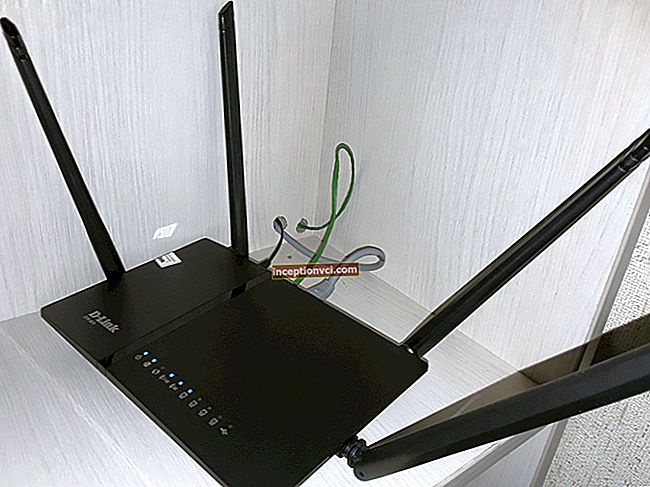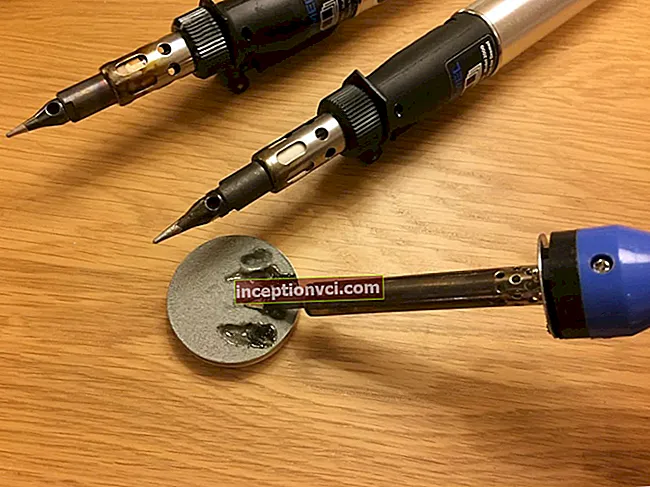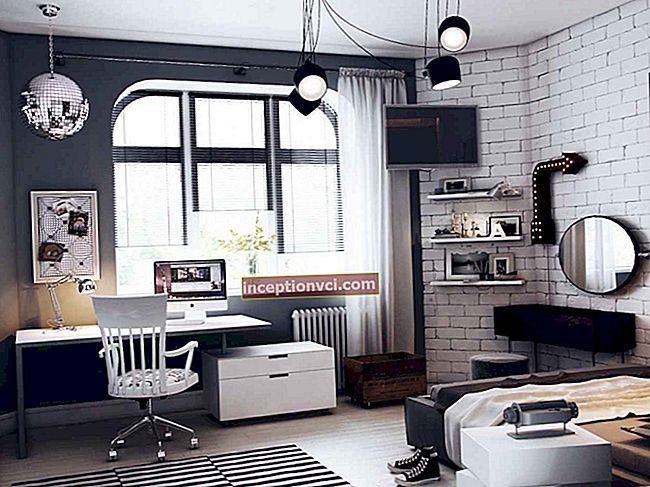Externally, the Nikon D 700 has similar body lines to the Nikon D 3, both models have the same number of effective megapixels and a similar method of image processing, that is, we can assume that they are almost the same. But still, they have certain differences, which are discussed in more detail in the continuation of the review.

The D 700 joins the line of professional cameras with excellent build quality, built-in flash and all the features you need.

In general, the Nikon D 700 is closer to the D 300 in terms of its shape and arrangement of controls, although it has almost the same technical characteristics as the D 3. It gives the same impression of a reliable device as these two models and has similar metal elements in the body, as well as pleasant to the touch rubber pads in the grip area and on the side of the screen. Like the other cameras in the range, the D 700 has oversized buttons on the camera surface that are easy to press even when wearing gloves. The D 3 is also great, but it's kind of a bit big to take with you in any situation. Whereas the D 700 offers almost the same characteristics, but at the same time it has a significantly smaller body, which will be more convenient for transportation.
On the surface of the D 700, you can see a large number of different rubber elements, while the model is not positioned as moisture resistant, but it can definitely be said that it is more protected from external conditions than the other members of the line.
You can consider the D 700 as a reduced variation of D 3 or an enlarged copy of the D 300, while of course the camera will be closer to the latter in terms of physical parameters. However, one should not forget about the existing differences. The D 700 has a heavier weight, larger viewfinder and a similar controller to the D 3 and an INFO button that allows you to get detailed information directly on the camera display.

Nikon D700 is compatible with MB-D10 Multi Power Battery Pac for D300. This makes it possible to significantly increase the duration of continuous shooting. This also achieves a high speed of the camera. Of course, these are not indicators that are available with the D 3, but such a kit is more flexible in use and allows you to take only the camera, in cases where the shooting speed is not so significant.


Regardless of the slightly heavier weight and full-size viewfinder, the D 700 feels just like the D 300 in the hand. It is comfortable to hold, the ergonomics are high and the grip makes it easy to hold the camera in a stable position. The placement of the controls is also very well thought out, making them easy to navigate, even for people who have never used a Nikon camera before. And even more so when you have experience with D 3 or D 300.
Nikon D 700 has a new high definition screen. It has four times as many pixels as the screens found on other cameras. Each of which consists of three subpixels, which form one full-size pixel.
This high-resolution screen is easier to see than to describe in words. It shows a very detailed and smooth picture, thanks to the reduced distance between the dots. This feature can be very useful in live view and when you need to evaluate the quality of the captured images. Since there is no need to significantly enlarge the picture in order to determine the noise level, focus position, etc.


The D 700 is equipped with a battery similar to the D 300. It is accessed through a compartment located at the bottom of the chamber, from the side of the handle. When the cover is opened, the battery moves slightly out of its operating position, making it easy to replace.


When using an additional kit, for example MB - D 10, there is no need to pull out the standard battery, you just need to connect it to a special socket, which will allow them to work simultaneously. This kit is more ergonomic than previous models and combines much better with the camera body.

Unlike the D 3, the D 700 has only one Compact Flash slot. And what is unusual for cameras of this level is the absence of any latch or clip, access to the card is carried out simply by opening the protective cover.




The D 700's external inputs are located at two locations in the chamber. From the front side and from the left side of the camera body. Here you can find a connector for a remote control, an HDMI port, a video output, USB 2.0, and an input for a charger.


Quite unusual for cameras of this level is the D 700's built-in flash. It is activated manually by pressing a special button located on the left side just under the flash. In the open position, the flash rises high enough above the body. Immediately under the button for opening the flash there is another one, with which you can adjust the modes of its operation.
The location of the controls on the top of the camera is the same as for the D 300. On the right side you can find the power, shutter and exposure buttons. On the back there are two wheels used to adjust the shooting parameters. In general, the placement is very convenient and allows you to practically not be distracted from the shooting process.

On the front of the camera to the left of the lens are two additional buttons, f 5 and f 6. Each of them can be assigned specific functions. To the right of the lens is a focal length adjustment wheel, as well as a button for switching flash modes.
The Nikon D 700 comes with the same excellent high resolution screen as the D 3 and D 300 models. It has a high pixel density that allows you to see the image in great detail. Compared to screens with a lower resolution, such a screen is definitely more acceptable for real shooting mode, as well as when viewing the captured images. When using it, there is no need to zoom in too close to assess the focus position.
The quick settings screen is a very handy option. By pressing a dedicated button in shooting mode, you can get all the necessary information about the current camera settings. By pressing the button again, you can switch to the mode of their adjustment. In this case, you can set ISO levels, enable noise reduction mode and assign functions to flexible buttons.


As with the D 3, the D 700 has a built-in virtual horizon function that helps you determine the current position of the camera in space, and achieve the ideal vertical or horizontal position. By default, the virtual horizon is activated from the settings menu, but its activation can also be assigned to one of the buttons.
A new and very useful feature in the D 700 is the combination of the virtual horizon and real image viewing. It can be built into one of the display modes that can be changed by alternately pressing the INFO button in Live View mode.


The various camera settings are divided into categories in alphabetical order, each of which is assigned a specific color, this greatly facilitates the process of remembering specific options, as well as finding and setting the corresponding modes in the menu.

The Nikon D 700 is definitely one of the most customizable cameras on the market. Even more than Nikon D 3. The user now has the ability to assign a button press to call almost any function from the menu. This will help meet even the most demanding camera customization requirements.
The D 700 is compact and significantly more affordable than the D 3, making it a very attractive purchase.The difference in camera specifications is surprisingly small. Of course, the D 3 has a truly full-size professional body, a faster continuous shooting mode and a larger viewfinder. But for those for whom these parameters are not so necessary, the acquisition of the D 700 can be very justified. In addition to saving, it provides the owner with a built-in flash, which will definitely be very useful in some cases, and a sensor cleaning system.
Unsurprisingly, the D 700 produces images of the same excellent quality as the D 3. At low sensitivities, they are very clear, noise-free, and look pleasant even without processing. Taking pictures with additional characteristics can be achieved by changing the default settings, but the best quality will always be when using RAW mode. One of the greatest strengths of the camera is its ISO settings. The resulting images are very easy to process to reduce noise and make it possible to obtain acceptable images up to ISO 12800.
The speed performance of the D 700 is also up to par. Reading and writing pictures, processing time and shooting speed up to five frames per second will be sufficient for most cases.
Interesting article: "Advantages of mirrorless cameras"
